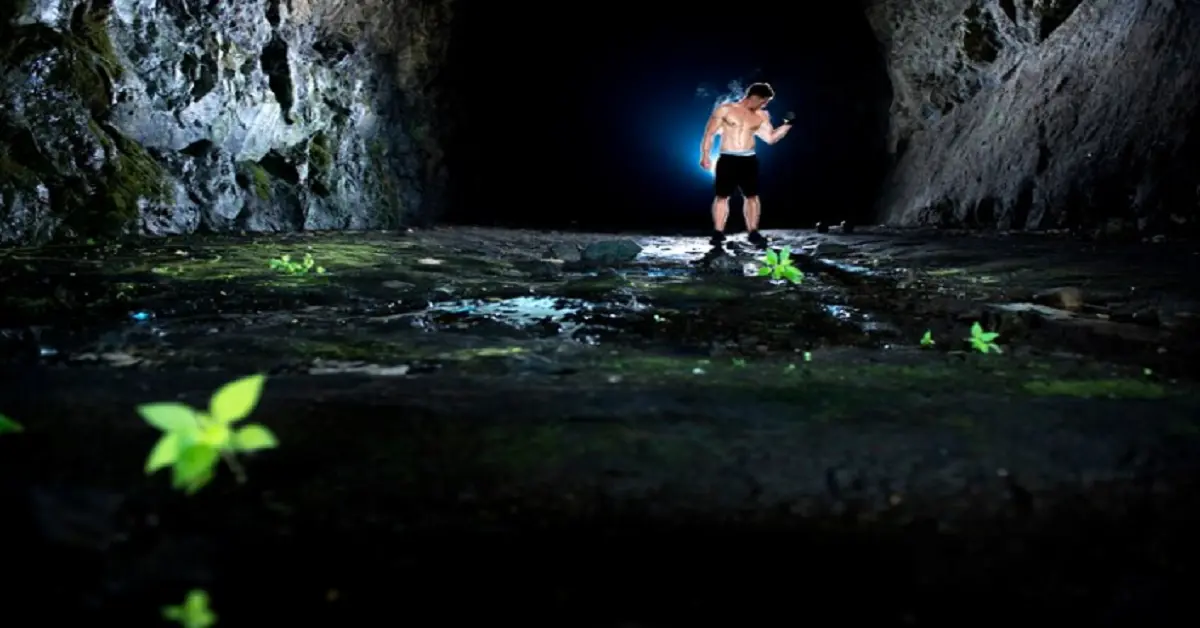Speleology Unveiled:A Comprehensive Guide

INTRODUCTION
spelehry, often referred to as cave science, is the study of caves and other karst features. It encompasses various disciplines such as geology, biology, archaeology, and hydrology, providing valuable insights into the underground world. From the geological processes shaping caves to the intricate ecosystems thriving within them, speleology unveils the mysteries hidden beneath the Earth’s surface.
History of Speleology
The exploration of caves dates back to ancient times when early humans sought shelter in natural caverns. However, the formal study of caves as a scientific discipline began in the 18th century with the emergence of geology as a field of inquiry. Pioneers like Édouard-Alfred Martel and Father David Caves played instrumental roles in mapping and documenting caves, laying the foundation for modern speleology.
Geological Formation of Caves
Caves are geological formations typically found in karst landscapes, characterized by soluble bedrock such as limestone, gypsum, or marble. Over millions of years, the dissolution of these rocks by water creates intricate cave systems, featuring stalactites, stalagmites, and underground rivers. Different types of caves, including solutional caves, lava caves, and sea caves, exhibit distinct formations based on their geological origins.
Equipment Needed for Speleology
Exploring caves requires specialized equipment to ensure safety and facilitate scientific research. Basic gear for cavers includes helmets, headlamps, harnesses, and sturdy footwear to navigate rugged terrain. Advanced equipment such as laser rangefinders, 3D mapping devices, and environmental sensors enable speleologists to conduct detailed surveys and monitor cave conditions.
Techniques and Skills Required
Navigating through intricate cave networks demands proficiency in orienteering and rope work. Speleologists employ techniques like cave mapping, rappelling, and vertical climbing to traverse challenging terrain safely. Rigorous training in cave rescue and first aid is essential to mitigate risks associated with cave exploration and respond effectively to emergencies.
Ecological Significance of Caves
Caves harbor unique ecosystems adapted to the subterranean environment, hosting a diverse array of species ranging from blind cavefish to rare cave-dwelling insects. These fragile ecosystems are highly sensitive to environmental disturbances, emphasizing the need for conservation measures to protect endemic species and preserve biodiversity.
Cultural Importance of Caves
Beyond their ecological significance, caves hold cultural and historical significance for human societies. Cave art dating back tens of thousands of years provides valuable insights into ancient cultures and artistic expressions. Many caves served as shelters, ceremonial sites, or places of worship for early humans, reflecting the spiritual and religious beliefs of past civilizations.
Famous Caves Around the World
From the majestic chambers of Mammoth Cave in the United States to the surreal landscapes of Carlsbad Caverns in Mexico, the world is replete with awe-inspiring caves waiting to be explored. These natural wonders attract millions of visitors each year, offering opportunities for both recreational caving and scientific research.
Challenges Faced by Speleologists
spelehry.Despite their natural beauty and scientific value, caves face numerous threats, including pollution, habitat destruction, and overexploitation. Balancing the interests of tourism, conservation, and scientific exploration poses significant challenges for speleologists and conservationists alike. Addressing these issues requires collaborative efforts to implement sustainable management practices and protect cave ecosystems for future generations.
Future of Speleology
Advancements in technology, such as remote sensing and drone mapping, are revolutionizing the field of speleology, enabling researchers to explore inaccessible caves and conduct non-invasive surveys. With ongoing discoveries of new species and geological phenomena, the future of spelehry holds promise for unlocking the secrets of the underground world and advancing our understanding of Earth’s geological history.
Conclusion
spelehry offers a fascinating glimpse into the hidden realms beneath our feet, revealing the intricate beauty and scientific wonders of caves. From their geological origins to their ecological and cultural significance, caves continue to captivate the imagination of explorers and scientists alike. By studying and conserving these natural treasures, we can gain invaluable insights into the Earth’s past and ensure their preservation for future generations to appreciate and cherish.